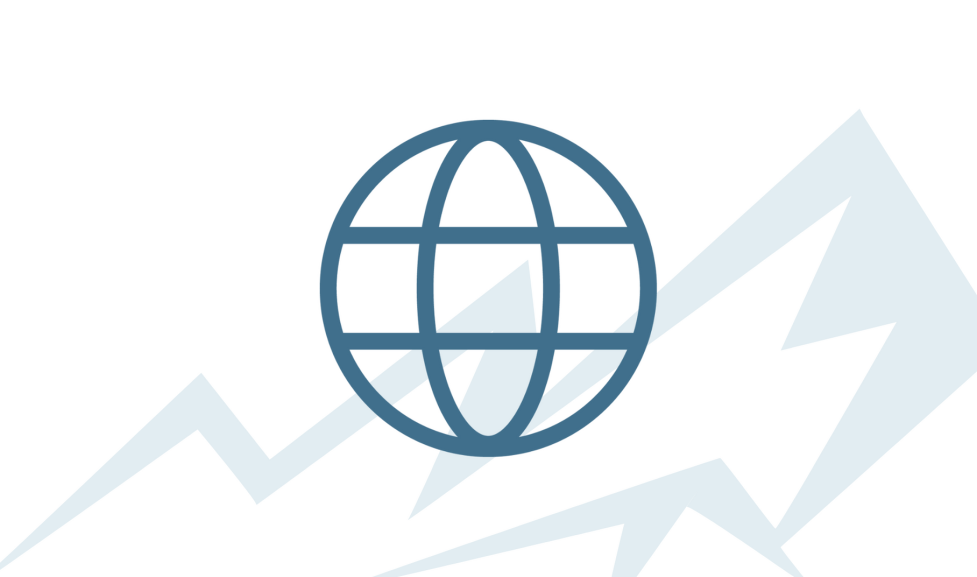Project Overview
The city’s vision is to provide a world-class community telecommunications infrastructure to Boulder for the 21st Century and beyond. Broadband connectivity is a critical infrastructure service for quality of modern life, as is the case with roads, water, sewer and electricity.
Since 2018, the city has been working to build the necessary ‘fiber-backbone’ infrastructure needed to deliver high-quality fiber-based internet service. With the backbone construction completed, this project is now into its final stage of work to ensure that all members of the community have access to affordable broadband service.
In late 2024 the City of Boulder executed a 20-year lease agreement with ALLO Communications to bring affordable, high-speed internet access to community members and businesses across the city. This collaboration will significantly enhance Boulder's digital infrastructure, expanding access to high-quality broadband services while fostering equity, inclusivity, and environmental sustainability.
Service will be rolled out in phases, with initial installations expected to begin in mid 2026.

